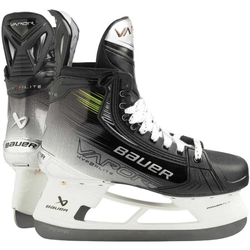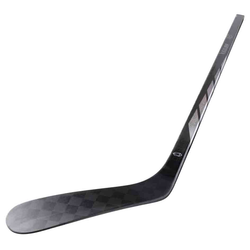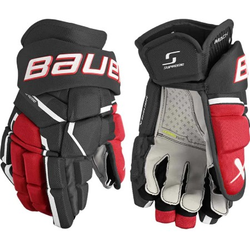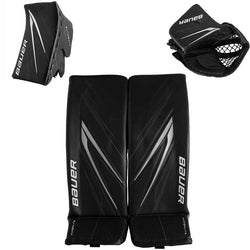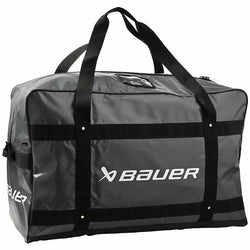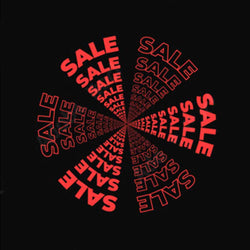Ice Hockey Skate Sharpening
When buying new skates, you will need to remember to have them sharpened. It is essential and will allow you to skate to the best of your ability.
When sharpening skates, a hollow groove is cut into the centre of the bottom of the blade creating 2 edges, one on each side. The depth of hollow will affect the performance of the skates.

Which hollow to choose?
Radius of Hollow (RoH) is the traditional method of sharpening hockey skates. Radius refers to the distance to the edge of a circle from its center, and hollow is the depth of the concave groove.
To create the RoH grind, the skate is moved carefully against the skate sharpening machine’s spinning grinding wheel that has been contoured to create the correct hollow for you.

When choosing a radius of hollow, there are a few things to consider. As the radius of hollow gets larger, the depression in the skate blade becomes shallower.
Typically, a deeper hollow will give a skater more grip or bite, while a shallow hollow is better for gliding. This means a deeper cut may feel slower to a player when skating in a straight line because the edges are digging in more developing greater resistance. The trade off is that the deeper hollow bites deeper into the ice which allows for quicker, more explosive acceleration.
The three most popular hollows are 5/8”, ½”, and 3/8”. As seen in the graphic above, 5/8” is the “flattest” of the three, whereas 3/8” is the “deepest”. For beginners, we would recommend ½ inch as is offers a middle ground of bite and glide of the three.
There is no best radius, your personal ideal RoH will depend on your skating style and preference. Our team can assist you with the options and provide recommendations based upon information from you about how you play.
Traditionally, younger or smaller skaters will use a deeper hollow such as 3/8” to ½”. Older or bigger skaters will traditionally use a less deep hollow like ½” to 5/8”.
Flat Bottom V (FBV)
The FBV grind developed by Blackstone, puts an updated spin on traditional skate sharpening. In a RoH, the hollow is curved but on an FBV cut, the bottom of the groove is flat and the two sides extend out like fangs. The theory is FBV gives skaters the benefit of greater bite and grip like a deep hollow while capitalizing on enhanced glide like a shallow hollow. The variable resistance factors result in more energy transferred back to the skater allowing for less fatigue over time.

Choosing the correct FBV cut is much like RoH. Your personal FBV will depend on your skating style and preference. Our team will sharpen your skates to your specific request or can make a recommendation based on information from you about how you play.
How often should I have my skates sharpened?
How often you have your skates sharpened is a matter of preference but most of the time it will depend on how often you play, train or skate. On average, we would recommend to have them sharpened after 8 to 10 hrs of ice time.
How long do I have to wait for skate sharpening?
Here at Puck Stop we offer a “while you wait” service. (Unless otherwise stated) During busier periods our team will let you know if wait times are longer than normal.
Skates dropped off for sharpening within 30 minutes of closing will be sharpened for the following day.
How much does Skate Sharpening cost?
When purchasing your skates from us, the first grind is included in the fitting service and will be free of charge.
- 1st grind on a new pair of ice hockey skates or new runners (not purchased from us): £10.
- Hockey (RoH) grind thereafter: £8
- FBV grind: £10
We do offer a loyalty card: purchase 5 grinds get the 6th free of charge.

